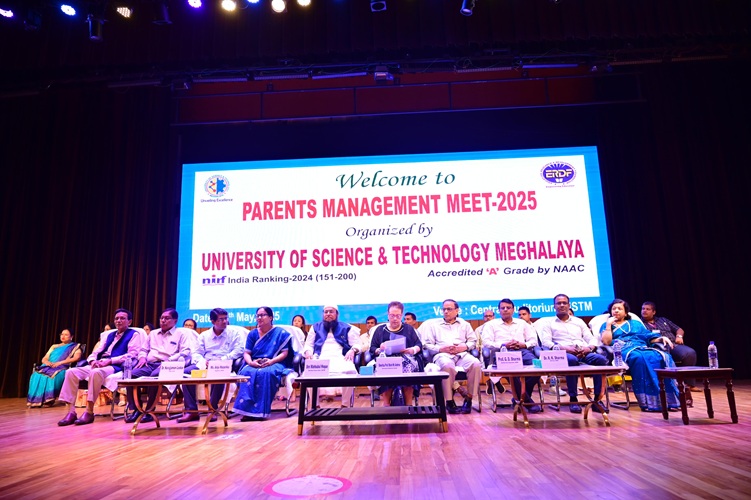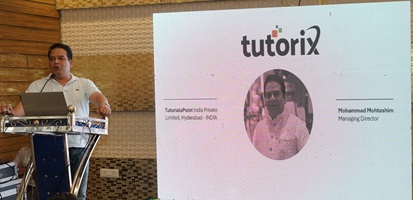
36th summit of the Association of Southeast Asian Nations (ASEAN) held in Vietnam on Friday.. The South China Sea, one of the largest seas on the planet, has again come in the limelight as an arena of confrontation between China and ASEAN. — Xinhua
Sarim Ahmed
AS the world stares at the recent stand-off between India and China in Ladakh, the latter has come in the news for one more reason. At the 36th summit of the Association of Southeast Asian Nations (ASEAN) held on Friday (June 26) organised through video-conferencing, the leaders of the 10-nation bloc said a 1982 UN oceans treaty should be the basis of sovereign rights and entitlements in the South China Sea.
Thus the South China Sea, one of the largest seas on the planet, has again come in the limelight as an arena of confrontation between China and ASEAN, with both groups blaming the other of naval aggression and illegal occupation of disputed islands.
The South China Sea is an arm of western Pacific Ocean in south-east Asia. It is connected by Taiwan strait with the East China Sea and by Luzon strait with the Philippine Sea. It contains numerous atolls and islands which are disputed by several parties in the region such as Vietnam, the Philippines, Malaysia, Taiwan, Brunei, Indonesia and, of course, China. Some of these are the Spratly and Paracel islands and the Scarborough Shoal.
In recent years, China has taken steps to bolster its claims to the strategic waters which it vaguely marks with a so-called nine-dash line. It needs to be mentioned that the South China Sea is one of the world’s busiest waterways, and so its importance, both commercial and strategic, is understandable. Thus there is a considerable presence of the US Navy in the region which includes both aircraft-carriers and destroyers. Uncle Sam is invariably on the side of the lesser powers (such as Vietnam, Malaysia etc) in their confrontation with the Middle Kingdom.
Back to the ASEAN Summit. The joint statement by the 10-nation bloc further mentioned the existence of the United Nations Convention on the Law of the Sea (UNCLOS) and added that, “UNCLOS sets out the legal framework within which all activities in the oceans and seas must be carried out.” There was no immediate comment on the statement by the Chinese government.
When talking of naval disputes between different powers in East and South-east Asia, the Senkaku Islands dispute needs special attention. These islands, known in China as the Diaoyu Islands, lie to the north of the South China Sea across the island of Taiwan and are disputed between China and Japan. In September 2012, the Japanese government purchased three of the disputed islands from their private owner, prompting large-scale protests in China.
Many analysts hold the view that China is a preponderant rising power as there are a number of reasons for this fact. It opened its first overseas base in the African country of Djibouti in August 2017. In the last few years, China has been building up bases within and without the country, something which is reminiscent of the United States doing so in the immediate aftermath of the post-Second World War period.
Recently, the country did suffer from the Coronavirus pandemic, which has affected almost every nation of the developed world, but it managed to save a bulk of its population from it. The current leader, Xi Jinping, is being viewed by many as the most influential President (or Chairman of the Communist Party of China) since Mao Zedong. Even Deng Xiaoping could not achieve the aura that Xi has been able to maintain.
At this juncture it would be pertinent to have a word on the trade war between the United States and China. Even though President Donald Trump has been harping on levying import duties (or tariffs) from China so that the domestic industries are saved, the matter does not look as simple as it seems. It is so because any industrial product in this globalised world does not ‘belong’ to any one country. Unlike in the past, there is now a global value chain in place which consists of many countries and the finished product has to pass through it. So election rhetoric (for the upcoming 2020 US polls) and reality are two different aspects but a big chunk of the general electorate is not able to understand the latter.
The irony of the present age is that the new cold war is going on even when China, the main protagonist, has a very good trade relationship with ASEAN, India, Japan and the United States. Besides, China and ASEAN have a very long cultural as well as historical ties.
On its part, China’s globaltimes.cn holds the United States and Vietnam responsible for straining of relationship between ASEAN and Beijing. It is of the view that Vietnam, as the current chair of the ASEAN, is trying to assert its own influence on other countries of the region. Otherwise, there is no other problem.
It needs to be mentioned that China and Vietnam fought a bitter war in 1979. Currently, Vietnam is busy in exploring oil in the South China Sea.
————-
Sarim Ahmed is a Patna-based journalist. He writes mostly on International Affairs. The views expressed here author’s personal.





0 Comments